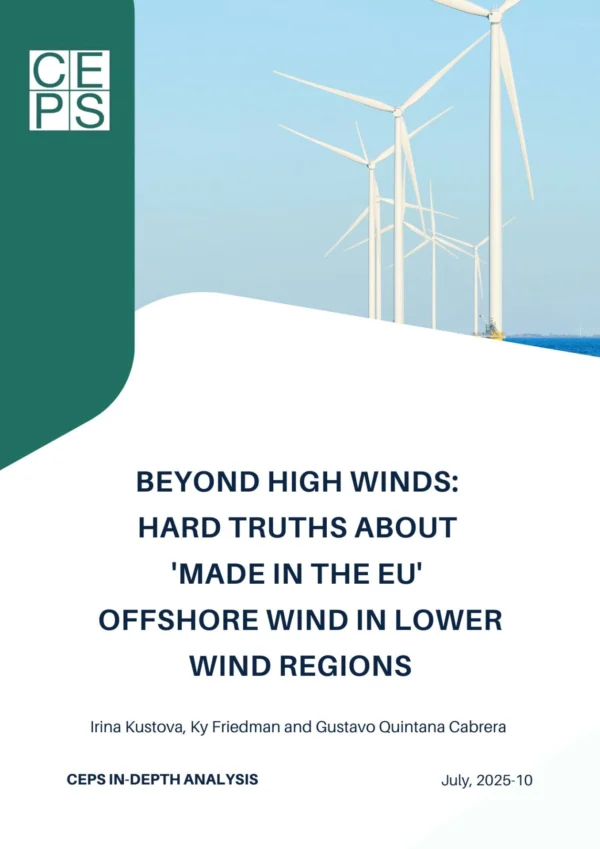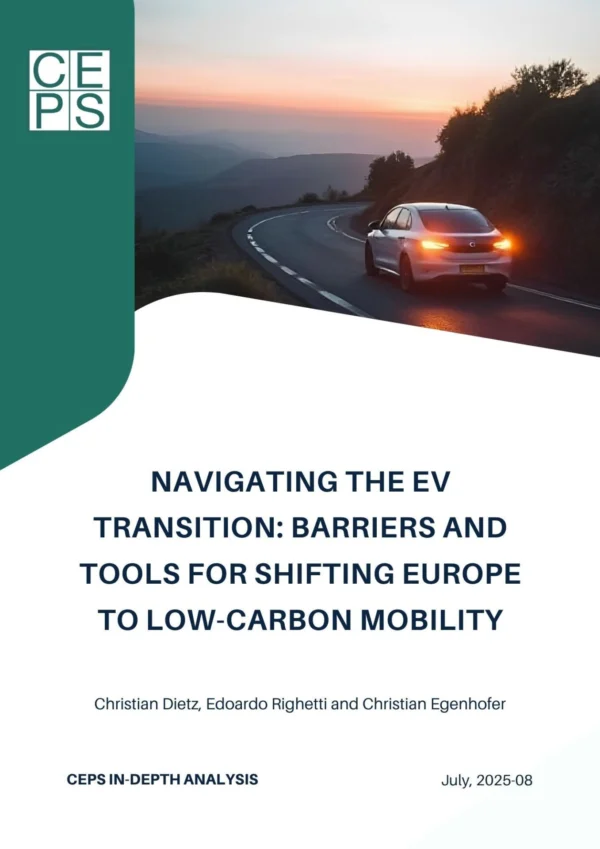Authors: Christian Egenhofer and Cristian Stroia
Series: CEPS Policy Insights No. 2017/45, December 2017
In late December 2016 and early 2017, South Eastern Europe experienced an extended cold spell lasting almost six weeks and triggering an electricity ‘crisis’, which seriously affected EU member states as well as Energy Community countries, notably Bulgaria, Romania, Greece and FYR of Macedonia.
These countries opted to tackle the actual or perceived supply situation via a traditional path of administrative interventions, based on a purely national perspective and requiring the addition of considerable capacity. This approach departed sharply from the solutions discussed within the Central and South Eastern Europe Energy Connectivity (CESEC) initiative, launched by the European Commission in 2015 with the aim of integrating markets to address energy security in the region.
One of the possible outcomes from the cold spell might well be that governments in the region come to realise that they have few options other than to integrate with their neighbours, increase energy efficiency and support renewable energy, whose cost by now is comparable to conventional sources and, given its scalability, poses less economic risks for investors.
Keywords: electricity crisis, regional cooperation, energy security
Christian Egenhofer is Associate Senior Research Fellow at CEPS and Director of CEPS Energy Climate House, Cristian Stroia is a Research Assistant at CEPS Energy Climate House.
This paper is a contribution to a series of analyses carried out by the CEPS Energy Climate House on the general topic of regional cooperation, with a focus on South-Eastern Europe.

1000-1300x731.jpg)
1000-20x15.jpg.webp)





